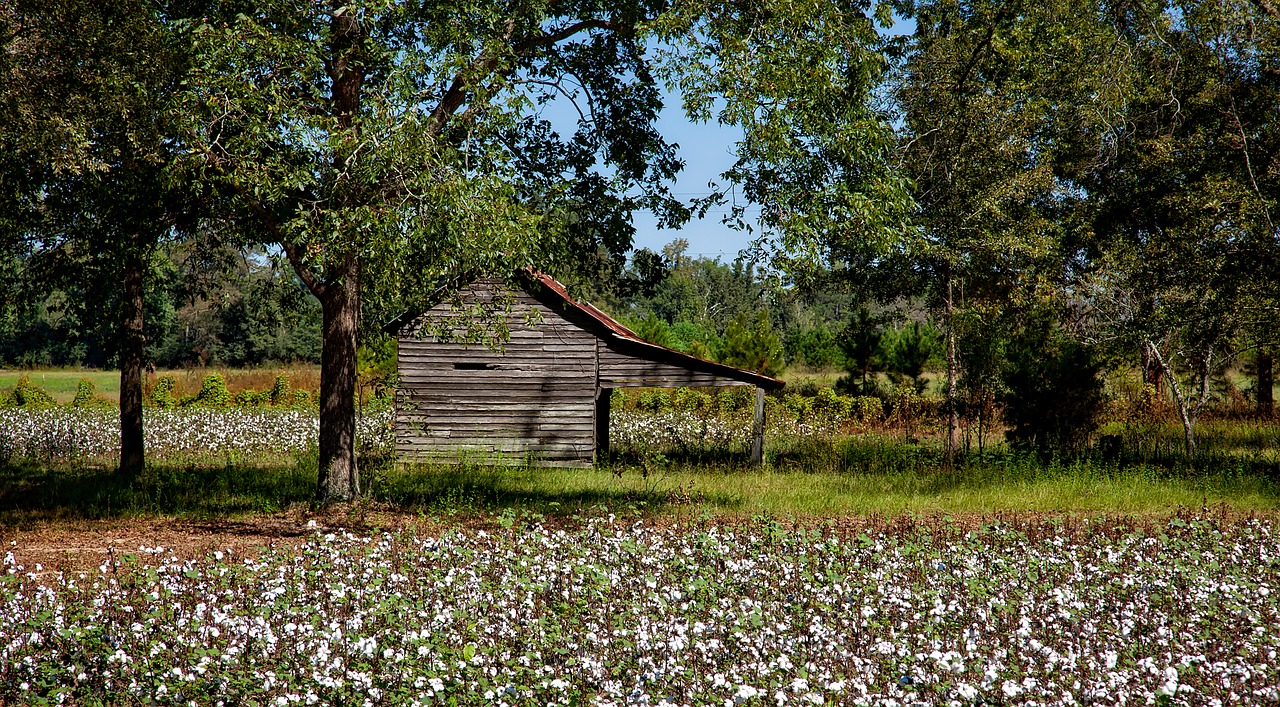What You Wear Matters! Quick Guide to Organic Cotton
Published: June 23, 2017
Press Release
CONTACT: Donna Worley Director of Marketing Communications and Public Relations +1.806.577.0652 (U.S. Central) Donna@TextileExchange.org Textile Exchange, publisher of the Organic Cotton Market Report, releases Quick Guide to Organic Cotton, an overview of the positive impacts of organic cotton, including frequently asked questions and supporting facts that indicate organic cotton is the preferred fiber choice compared to its chemically produced counterpart. “The Quick Guide to Organic Cotton, highlights the benefit of organic production as a pathway to restorative, resilient and regenerative landscapes and communities,” notes La Rhea Pepper, the Managing Director of Textile Exchange. “Cotton production has evolved over the last 15 years,” Pepper said, and “greater awareness of the health, economic and environmental benefits of organic farming practices by farmers and buyers has influenced corresponding improvements in many cotton production systems, including the input intensive practices of chemically grown cotton.” According to its Preferred Fiber and Materials Market Report, Textile Exchange reports that adoption of preferred cotton production methods has grown to 8.6% of the cotton market but organic cotton, in general, continues to have the lowest environmental impacts. Textile Exchange’s Quick Guide to Organic Cotton includes the latest research from expert sources to create a comprehensive resource for the industry and media. The current research work reveals three top reasons to support the expansion of organic cotton agriculture:
- The Health and Environmental Impacts of Pesticides Must Be Acknowledged in a Comparison of Organic and Chemically Grown Cotton Production.
According to the USDA’s National Organic Program, organic farming is defined as: “the application of a set of cultural, biological, and mechanical practices that support the cycling of on-farm resources, promote ecological balance, and conserve biodiversity. These include maintaining or enhancing soil and water quality; conserving wetlands, woodlands, and wildlife; and avoiding use of synthetic fertilizers, sewage sludge, irradiation, and genetic engineering.” Organic cotton is grown without the use of toxic and persistent pesticides or fertilizers while chemical cotton is dependent on both. According to the Pesticide Action Network UK, “cotton crops cover 2.4% of the world’s cultivated land but use 6% of the world’s pesticides, more than any other single major crop.” There is an overwhelming body of research showing higher incidents of serious diseases and development problems from exposure to agricultural chemicals or physical proximity to chemical-based farming communities. The Agricultural Health Study, funded by the National Cancer Institute and the National Institute of Environmental Health Sciences, is one of the largest ongoing health studies with over 89,000 participants from farming communities and reveals higher incidents of cancer (including prostate cancer), Parkinson’s disease, diabetes, thyroid disease and asthma.

